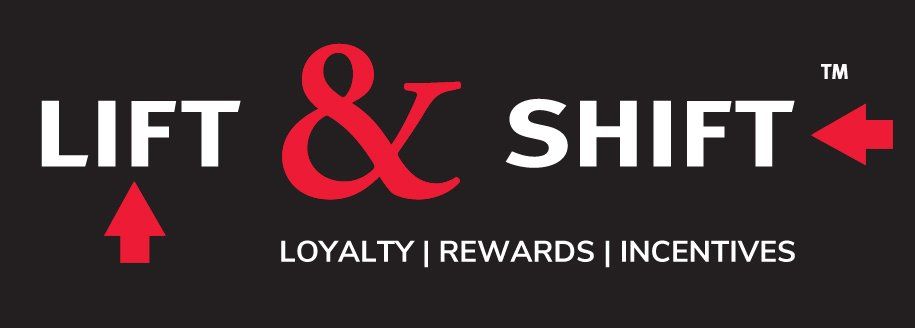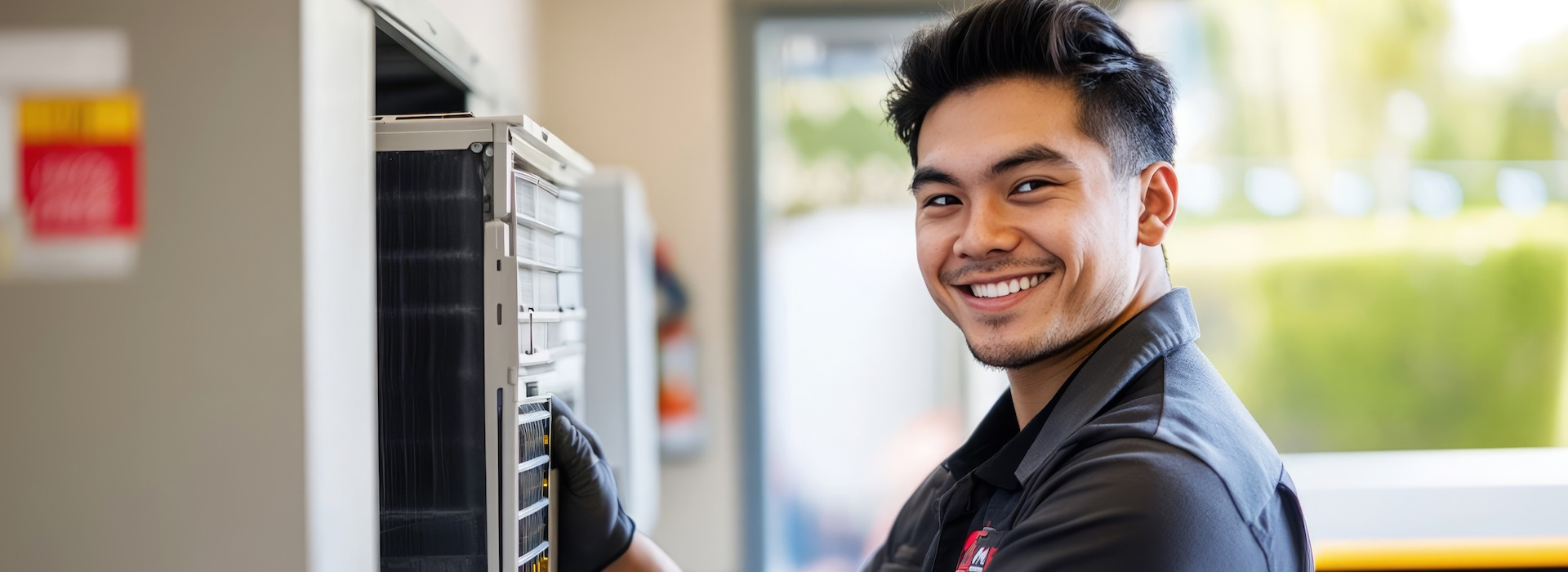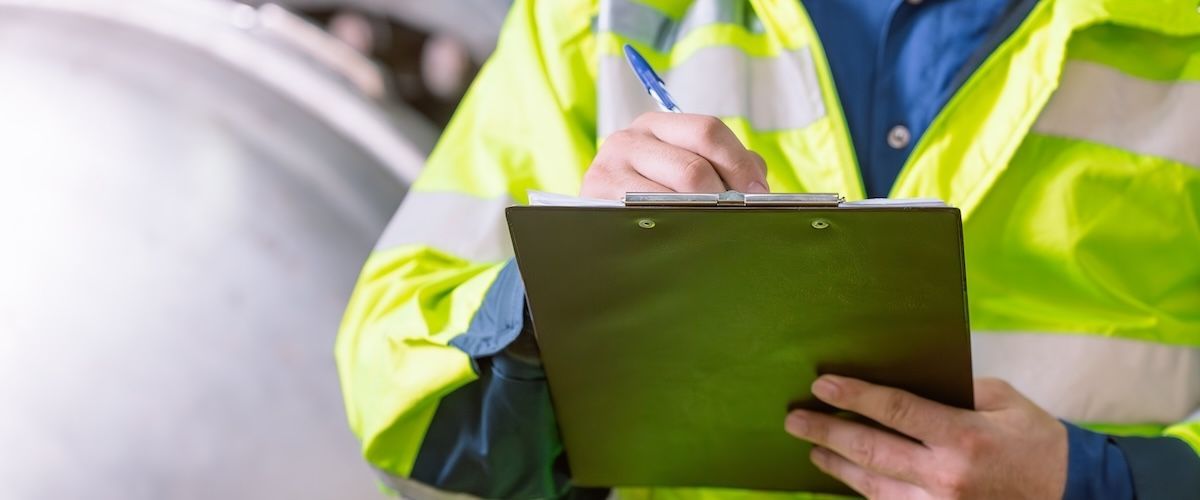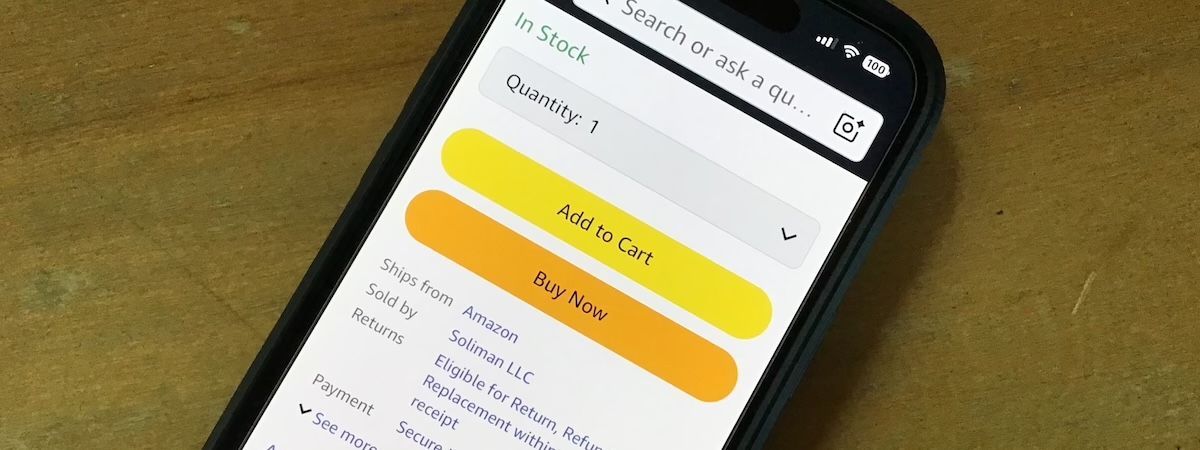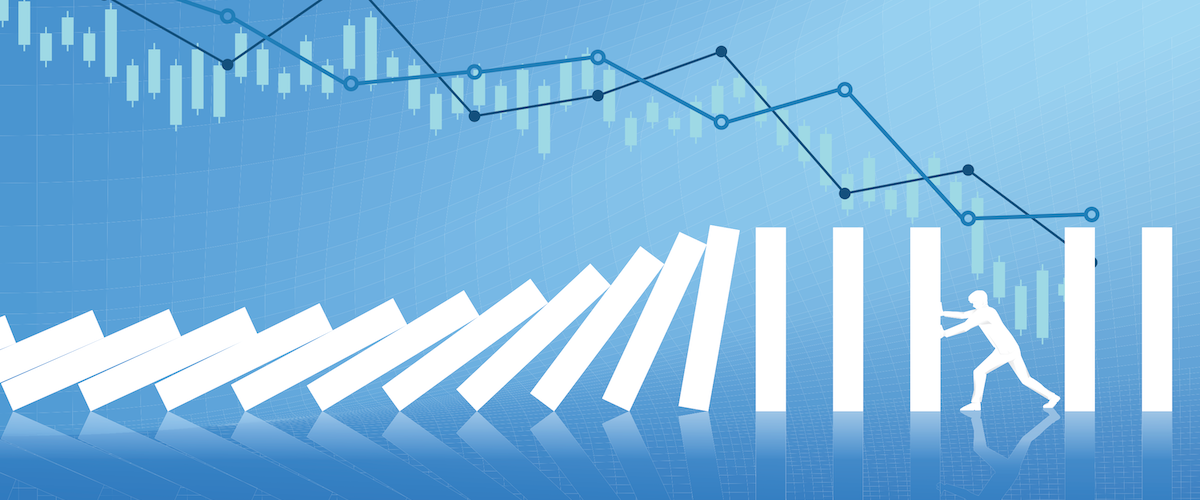Understanding the Differences Between B2C and B2B Loyalty Programs

Most people are familiar with loyalty programs through their personal experiences—earning airline miles, redeeming gas station points, or scanning a loyalty card at the grocery store. Consumers use these programs to earn rewards across everyday purchases, and many of us even layer in credit card points for extra value. These programs are highly visible, easy to join, and designed to influence short-term buying decisions through emotional incentives and convenience-based perks.
But what about businesses? B2B companies make significantly larger—and more frequent—purchasing decisions than any individual consumer. So why don’t we hear more about B2B loyalty programs?
The reality is that B2B loyalty and incentive programs are thriving—but they’re often more targeted, not as visible to the public, and are designed with a completely different strategy in mind. While they share some similarities with their B2C counterparts, B2B loyalty programs are purpose-built to reflect the complexity of B2B buying cycles, customer relationships, and purchasing behavior. They’re also more reliant on data-driven personalization, performance-based reward structures, and account-based segmentation.
Let’s take a closer look at how B2C and B2B loyalty programs compare—starting with what they have in common.
What successful B2B and B2C loyalty programs have in common
Whether aimed at consumers or business decision-makers, reward programs generally share the same core goals:
- Create/strengthen brand loyalty
- Engage and increase retention
- Drive repeat purchases
- Encourage referrals
- Support cross-sell and upsell opportunities
- Maximize average lifetime value
Program structures also often include similar features:
- A points-based reward system
- Promotional offers and seasonal campaigns tied to targeted purchasing
- Communication channels like email or SMS updates
- Referral incentives
- Reward catalogs or redemption experiences
In both B2B and B2C markets, these loyalty tactics help businesses maintain mindshare, reduce churn, and increase the profitability of existing relationships. However, it’s important to note that while the goals may align, the execution is radically different. The nature of B2B relationships is often more complex, longer-term, and involves multiple stakeholders in a single account.
Key differences between B2B and B2C loyalty programs
Consumers and business decision-makers are two very different target audiences, with very different needs and opportunities. While the fundamentals may overlap, the strategy, structure, and execution of B2B loyalty programs must account for unique business realities.
1. Purchasing power and reward attainability
A key difference between consumer-facing programs and B2B programs is centered on reward attainability—the total reward value a participant can earn in a program.
B2C: Consumers typically have a limited amount of discretionary spending. Even high-volume loyalty users may only spend a few thousand dollars annually across participating vendors. As a result, B2C programs often rely on more soft rewards (e.g., discounts, birthday offers, early access to sales) to maintain engagement because there simply isn’t enough spending and associated margin to direct a lot of hard reward value at them.
B2B: On the other hand, businesses vastly outspend a consumer household. A small to medium-sized business may spend hundreds of thousands—or even millions of dollars—on supplies, equipment, or services annually. Depending on how many vendors are involved, that spending volume makes reward attainability far more compelling. A modest point structure, costing 1–3% of sales can produce meaningful ROI for both the customer and the vendor. These same program participants will often put many of the loyalty program purchases on a point-earning credit card as well, enabling them to “double dip” by earning program points and credit card rewards simultaneously, enhancing the value.
Because of this volume, even a small behavioral shift—such as consolidating purchases with a single supplier—can generate meaningful profit for the vendor and significant value for the participant. Businesses also tend to be more loyal when properly incentivized, making the long-term financial return on B2B loyalty programs more predictable and measurable.
Takeaway: B2B programs are capable of driving far greater behavioral change because of the high volume of spend and the potential to significantly reward loyalty.
2. Participant eligibility and program inclusiveness
B2C: Consumer programs are usually open to all. The retailer is looking to secure the customer’s contact information to begin a dialogue. They marry the profile information provided (age, sex, location, zip code, etc.) with their transactional data to create customer journeys and target them with offers that make sense for their customer type or segment.
B2B: Participation tends to be more selective. Key exclusions may include:
- National or enterprise accounts (already on negotiated pricing)
- Government or municipal customers (restricted by law)
- E-commerce resellers or aggregators
Some B2B programs make the mistake of being too exclusive—targeting only top-tier accounts. A better strategy is to include as many customers as possible, as there is potential for growth among small to medium-sized accounts too. Growth-tier reward structures, where participants earn incentives based on year-over-year or quarter-over-quarter growth, enable small and medium-sized accounts to participate and thrive, while also including a VIP tier, where the top-tier accounts get extra rewards, reflecting their value to your company.
This inclusive model also allows vendors to leverage a program as a sales enablement tool. For example, sales teams can use program tiers and growth targets to drive engagement with underperforming or high-potential accounts. The key is to personalize the opportunity: rather than offering the same incentive to every customer, the program should recognize each participant’s unique sales potential and reward them accordingly.
Takeaway: B2B loyalty programs should be inclusive, scalable, and growth-focused. A tiered approach ensures large accounts feel recognized while also activating untapped revenue from smaller accounts.
3. Emotional buying vs. rational purchasing motivation
B2C: Many consumer purchases are driven by emotion or impulse. Loyalty programs lean into this behavior by gamifying the experiences, encouraging frequent interactions, and promoting “fear of missing out” (FOMO) with limited-time offers or personalized deals.
B2B: Business purchases are based on actual needs and rational purchasing. Buyers are focused on value, efficiency, and business outcomes. A loyalty program won’t convince a customer to buy something they don’t need—but it can absolutely influence who they buy it from.
Because business purchasing decisions are made based on logic, contract terms, and long-term planning, B2B loyalty programs must prove their value quickly and consistently. That means highlighting the financial benefits of participation, reducing friction in program redemption, and helping participants clearly understand what they need to do to earn rewards. It’s the vendor’s way of increasing the odds the customer buys what they need from them versus the competition. The best B2B programs reinforce the value proposition at every touchpoint: from onboarding to reward delivery.
Takeaway: B2B programs are about shifting share of wallet, influencing customer preference, and reinforcing profitable behaviors.
4. Use of transactional data
B2C: Loyalty data is often combined with demographic and behavioral insights to build customer profiles, trigger offers, or predict churn. For most consumers, the misuse of their loyalty program profile data or contact data is highly alarming. Concerns about privacy and identity theft are very real, and excessive use of personal data by companies selling to consumers can create a backlash, harming the consumer’s trust in a brand, eroding brand engagement, and harming future sales potential.
B2B: Transaction data is typically tied to an account—not a person—and is used to identify purchasing gaps, cross-sell opportunities, or custom promotions. For example, if a contractor buys paint but never purchases brushes or trays, the vendor can offer a bonus-point incentive to consolidate that spend.
Unlike in B2C, where data usage can feel invasive, B2B customers are more likely to view targeted promotions as helpful and relevant. This enables vendors to use loyalty program data to drive highly specific and effective marketing strategies—whether it’s a limited-time bundle, a product recommendation, or a growth-based bonus. A business owner will often appreciate the opportunity to earn bonus rewards on things they were going to buy anyway, but from another vendor.
Program analytics also make it easier for sales teams to identify which accounts are at risk, underperforming, or ripe for cross-sell opportunities. In this way, B2B loyalty programs not only drive repeat purchases—they can become a core part of your customer growth strategy.
Takeaway: B2B loyalty programs offer a unique opportunity to use data constructively—enhancing program value while driving measurable results.
Why B2B loyalty programs represent untapped potential
While consumer-facing programs get more attention, B2B loyalty programs often deliver higher ROI. They are more targeted, data-driven, and aligned to long-term business relationships. They can:
- Activate dormant accounts
- Influence distributor or channel partner behavior
- Promote brand preference
- Reduce customer churn
- Reward long-term engagement in a meaningful, scalable way
In industries where customer retention and incremental growth are essential, a well-structured B2B incentive program can serve as a powerful growth engine. And because these programs are less common and less commoditized, they offer a valuable opportunity for a business to differentiate itself from the competition.
Summary
B2C and B2B loyalty programs share the same strategic foundation—engaging participants and increasing long-term value—but the approach must be tailored to the audience. Within B2B industries’, reward programs succeed when they’re aligned with business goals, designed for inclusivity, and powered by meaningful data insights.
At Lift & Shift, we specialize in designing customized B2B reward and incentive programs that deliver measurable results. Whether you're targeting channel partners, contractors, or sales teams, our data-driven strategies can help you convert occasional buyers into loyal, high-value customers.
(NOTE: This article has been updated from a post originally published November 23, 2020.)
The Ultimate Guide to B2B Loyalty Programs
This article is part of a series covering how growth-based loyalty programs can elevate sales and company profits by incentivizing current customers to spend more, attracting new customers with appealing rewards, and motivating your sales team.
If you'd like to learn more about B2B Loyalty Programs, then please read the next article in the series:
"Rewards & Incentives in the B2B Marketplace"
For an overview of all articles in the series, please visit our resource page "The Ultimate Guide to B2B Loyalty Programs".
Lift & Shift™ offers a powerful B2B reward platform that can help your company leverage its sales data to drive incremental purchases with customers and channel partners or motivate sales staff. We work with manufacturers, distributors and service providers to analyze sales data, identifying purchasing gaps and other valuable targeting opportunities.
We create and deliver highly relevant offers to customers, in-house sales staff or sales associates, motivating your target audience to respond, using a wide array of appealing reward options as influencers. Our performance-based reward structures deliver an unparalleled return on investment, with absolutely no wasted budget.
Our customizable reward platform enables clients to easily benefit from a robust loyalty reward program. It's affordable and includes Lift & Shift’s turnkey professional program administration. We take care of everything so you can focus on your key initiatives.
Looking to create or improve your program?
We can help!
Blog page form

